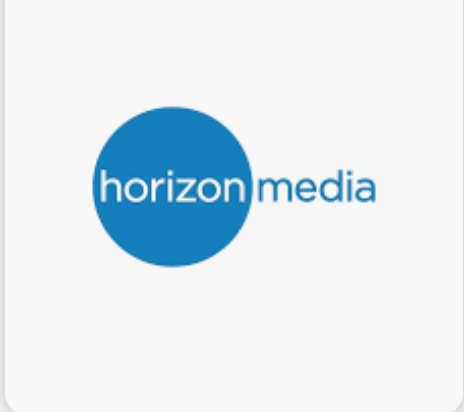Leveraging marketing apps is one way marketers can help optimize their web sites for lead generation purposes, because these apps get users engaged with content that they’re interested in.
Ion Interactive cofounder and CTO Scott Brinker dove into the subject of website optimization for lead gen at B2B LeadsCon 2014 in New York last week, and said that conversion optimization is an increasingly broad space. Marketers can take cues from salespeople when it comes to understanding customers.
“Great salespeople have conversations and interactions to understand customers. A lot of marketing messages are monologue-oriented, rather than dialog-oriented,” Brinker says.
messages are monologue-oriented, rather than dialog-oriented,” Brinker says.
The world of conversion optimization in the b2b world often comes down to getting people to fill out forms. Convincing potential customers to fill out these lead forms is becoming trickier for marketers, because people are less inclined to share their information if they think it will be used to send them materials and messages they aren’t all that interested in.
“We’re constantly struggling to convince people that it’s not a trap,” Brinker says of the situation.
He explained that there have been four waves of digital content marketing, starting with web pages (which are the very foundation of all digital content marketing). The next wave beyond web pages is providing the consumer with rich content like videos, infographics, webinars, ebooks and responsive web offerings.
Brinker says that while better than web sites alone, rich content consumption is largely aspirational because only 42 percent of people who sign up for webinars actually attend, on average.
Personalization is the third wave, providing more specific and targeted content to consumers based on their personal information.
“Personalization can help, but it’s not a panacea,” Brinker says.
That’s because personalization requires new data on new prospects and new data about content and what works.
“Content in the first three waves was mostly passive. We’re now crossing the barrier from passive to interactive content,” Brinker says.
This is where marketing apps step in. These aren’t downloadable apps for mobile devices, they are responsive web apps tied to a brand’s web pages that offer visitors valuable information, services or interactions. Marketing apps encourage engagement through things such as interactive quizzes, polls, calculators, tools or virtual tours.
“So instead of a traditional white paper offer and a sign-up box, leverage a quiz or game to get people to interact,” Brinker says.
Once visitors have interacted with the app’s content, they get their results at the end of the experience—then they can click to receive more information, white papers or other offerings from the site host.
“There is no call to action until the game is over,” Brinker says. This means that visitors get immediate engagement without filling out a lead gen form as a barrier. Waiting until the end of the engagement to show users their results keeps users engaged, and people who click for more information after the interactions are interested in the content.
“When the email arrives [after interacting with marketing apps], people open it. This is content people are excited to get, and that’s the experience you want to have with content marketing. Active, experiential learning is more effective than passive learning,” Brinker says.
The end goal of leveraging marketing apps should be to fill the void between free content and gated/premium content.
“The shift from sales to marketing is a piece of a larger shift from delivering communications to delivering more interactive experiences,” Brinker says.



